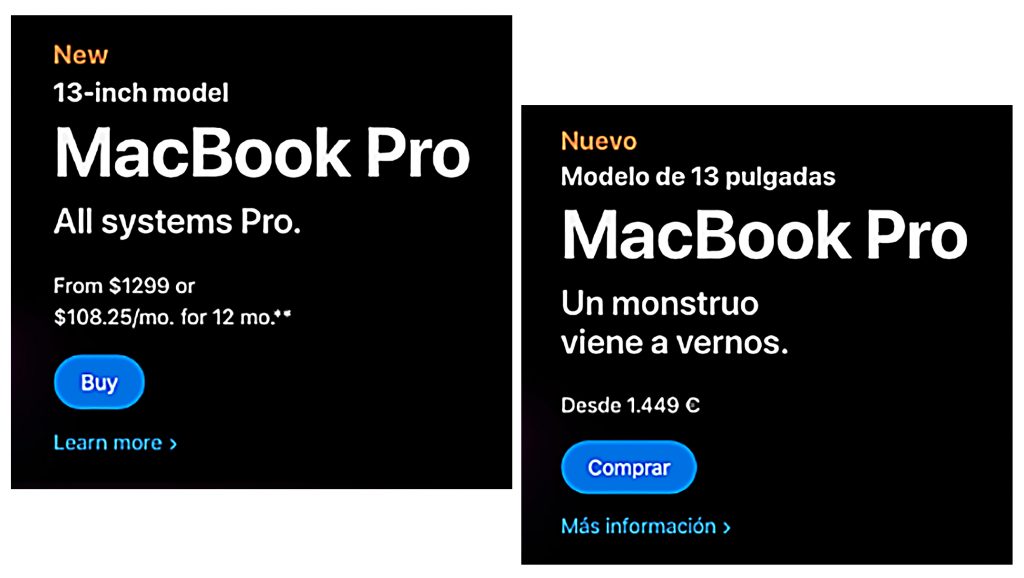Organizations working across multiple languages often find that standard translation no longer achieves the desired result. Marketing teams, government agencies, legal advocates, and global businesses sometimes discover that translating words alone fails to capture tone, intent, or emotional impact.
In these cases, transcreation services become the right choice.
Transcreation goes beyond translation. It adapts content by rewriting it so it resonates with a new audience while preserving its intent, style, and effect. Unlike direct or traditional translation, it blends language fluency with cultural insight and creative skill. The result serves the same purpose as the original but may look entirely different in form.
What Is the Difference Between Translation and Transcreation?
Direct translation transfers meaning between languages using a word for word approach, keeping sentence structure, vocabulary, and grammar intact. This method works best for highly factual or technical material, such as contracts, user manuals, medical records, academic transcripts, or regulatory documents.
Transcreation, however, goes a step further. It adapts the message to fit the target audience’s expectations, emotions, and values. The words may change significantly in transcreation, but the core message and desired reaction remain the same. The goal is to trigger the same response in the target audience as the original message triggered in its original audience.
In many cases, literal translation results in awkward phrases or miscommunication. Humor, idioms, slogans, and cultural references rarely survive word-for-word translation. With transcreation, the message feels natural, persuasive, and culturally relevant.
What Types of Content Need Transcreation?
Some forms of content depend heavily on emotion, creativity, and tone. They cannot be translated directly without losing their power.
Content that benefits from transcreation includes:
● Advertising campaigns, product names, and taglines
● Brand storytelling, and customer-facing slogans
● Multimedia, including film subtitles, podcast scripts, and voice-overs, as well as social
media captions that rely on humor and cultural cues
● Public health campaigns, awareness initiatives, and education outreach materials
since clarity and tone are critical for connecting with diverse communities
How Transcreation Shapes Design and Multimedia
Language and design are closely linked. When text is adapted through transcreation, sentence length, rhythm, and structure often change. These shifts can impact layouts, subtitles, spacing, or even voice-over timing. A phrase that is short in English might expand in another language, influencing font size or the placement of graphics in print materials.
Line length and spoken pacing must match visual cues or time restrictions in video or audio projects. Transcreation takes these factors into account. Scripts may need to be rewritten to fit scene timing, and on-screen text must be adapted for readability and aesthetic consistency.
Ignoring these elements can lead to broken layouts, awkward subtitles, or poorly timed narration. Transcreation avoids these issues by aligning language and design during the content adaptation.
Also, in some cultures, visual symbolism carries different meanings. Colors, gestures, icons, and spacing can influence interpretation. A campaign created for one market may use visuals that must be changed completely to maintain consistency and avoid confusion.
Transcreation teams work alongside designers, ensuring that adapted text fits the visual space, matches the emotional tone, and preserves usability. This coordination prevents breakdowns in communication caused by mismatched text and imagery.
For example, a U.S.-based fintech app used the phrase “Swipe to invest” in its onboarding screens. In Japan, this gesture was unfamiliar and the translated phrase confused users. Through transcreation, the CTA was adapted to “Tap here to start growing your money,” paired with a finger-tap icon instead of a swipe. This simple shift aligned with local UX norms and improved onboarding completion rates. The message remained inviting and actionable, but in a culturally intuitive way
Why Transcreation Prevents Cultural Missteps
Messages created for one audience may carry unintended meanings in another. A phrase that feels positive in one culture may sound awkward -or even offensive- in another. These cultural gaps are especially risky in marketing, public awareness efforts, or political messaging.
Transcreation reduces the chance of miscommunication by focusing on audience interpretation rather than literal wording. The process considers beliefs, cultural norms, taboos, tone expectations, and communication habits, helping global organizations avoid public backlash, media controversy, or reputational damage.
Cultural sensitivity cannot be achieved through word replacement alone. Tone, visual layout, sentence structure, and humor must also be adjusted. Transcreation provides a safety net by ensuring the message lands correctly in the target environment.
For instance, a U.S. public health campaign used the slogan “Take charge of your health” to promote preventative screenings. When the campaign was launched in Brazil, a direct translation, “Assuma o controle da sua saúde”, sounded overly forceful and clinical. The transcreated version became “Cuide bem de você” (Take good care of yourself), evoking warmth and self-care, which better aligned with Brazilian cultural values. The emotional shift made the message more approachable and increased community engagement with the campaign.
The Transcreation Process
A typical transcreation project begins with a review of the source content, followed by a detailed discussion between the client and the transcreator about the target audience, messaging goals, and brand identity. This briefing outlines the intent behind the message, the audience’s emotional profile, and the expected result. A creative brief guides this work.
The brief includes information about tone, purpose, values, and emotional targets. It may also specify non-negotiable elements, such as trademarks, disclaimers, or regulatory statements that must remain unchanged.
Once the brief is in place, the transcreator produces the content in the target language. This version does not mirror the source line by line but instead meets the same objectives. The final text is usually accompanied by notes explaining the choices made and how they align with the original message.
The client then reviews the adapted version to ensure it aligns with brand goals. In some cases, focus groups or cultural reviewers may be used to test the message before full distribution.
The result is a message that feels native, connects emotionally, and performs effectively.
When Should You Not Use Transcreation?
Not every document should be rewritten. Technical content, regulatory material, scientific reports, and legal documents must follow the source structure exactly. Changing terms or rephrasing content in these contexts can lead to misinterpretation or noncompliance.
In these cases, certified translation -not transcreation- is the right approach. This process maintains accuracy, preserves terminology, and supports legal integrity. Transcreation offers no advantage when tone, emotion, or audience persuasion are not part of the message’s function.
Identifying the content type at the beginning of the project ensures that the proper process is selected. Put simply: transcreation works best for audience-facing, brand-dependent, or culturally complex content, while translation is essential for factual and regulated material.
Why Transcreation Adds Strategic Value for Global Brands
Organizations operating across borders must build relationships with local audiences. A message that works well in one language may confuse, alienate, or offend in another. Transcreation prevents these problems by customizing communication to the people it intends to reach.
This strategy improves marketing efficiency, strengthens brand trust, and supports consisten performance in diverse markets. It allows campaigns to work in multiple regions without creating friction or misunderstanding. Over time, this investment translates into stronger customer relationships, higher impact campaigns, revenue growth, reputation management, and long-term sustainability.
Unida Translation: Transcreation Services That Resonate Across Languages
Messages that rely on tone, emotion, or cultural nuance cannot be left to literal translation. In these cases, transcreation provides the clarity, impact, and connection your audience expects.
Unida Translation delivers expert translation and transcreation services in more than 125 languages. Our certified professionals specialize in legal, medical, financial, governmental, and operational content, delivering accurate and culturally appropriate results.
We are proud to hold certifications as:
● Minority Business Enterprise (MBE) – Chicago Minority Supplier Development
Council
● Minority and Women’s Business Enterprise (M/WBE) – Indiana Department of
Administration
● Disadvantaged Business Enterprise (DBE) – Indiana Department of Transportation
Let Unida Translation help you plan smarter, save more, and deliver high-quality multilingual content on time and within budget.
Contact us today to schedule a consultation or request a quote, and learn how our professional transcreation services can help your brand connect with audiences worldwide.

